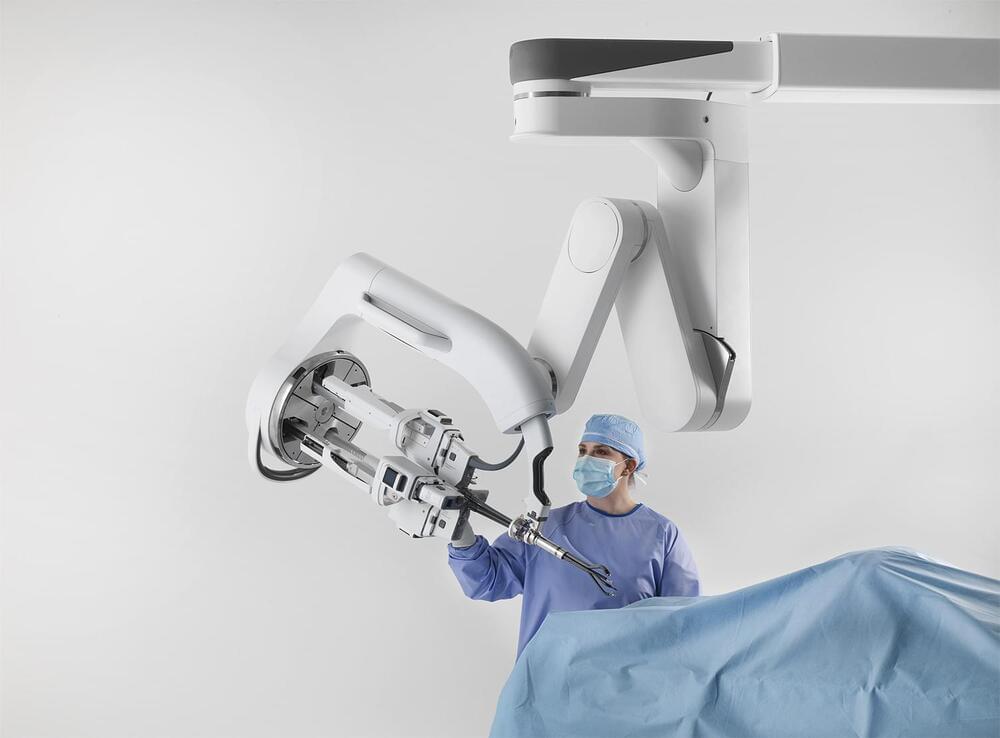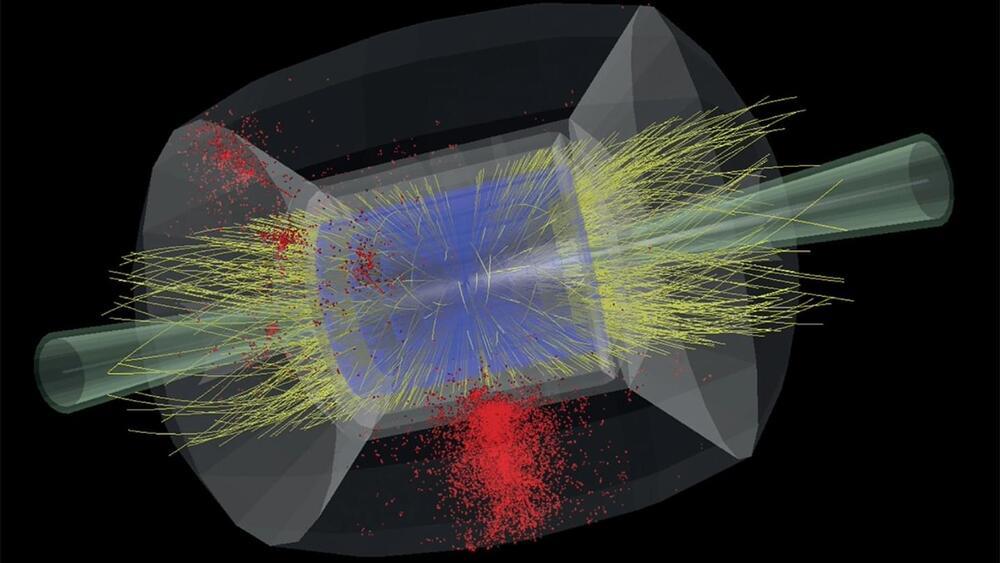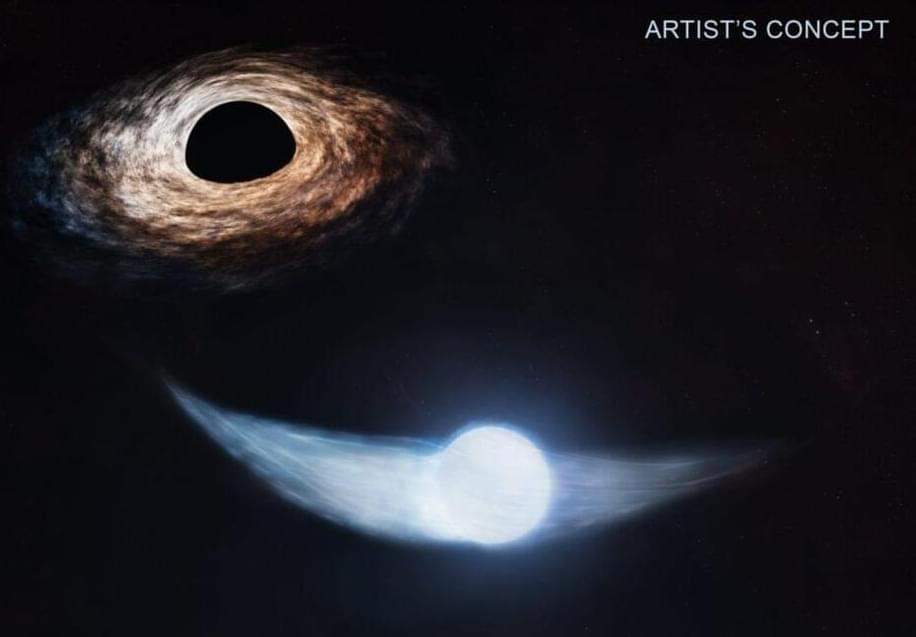Nov 13, 2024
Robot learns to perform surgical tasks expertly just by watching videos
Posted by Shailesh Prasad in categories: biotech/medical, robotics/AI
It takes years of intense study and a steady hand for humans to perform surgery, but robots might have an easier time picking it up with today’s AI technology.
Researchers at Johns Hopkins University (JHU) and Stanford University have taught a robot surgical system to perform a bunch of surgical tasks as capably as human doctors, simply by training it on videos of those procedures.
Continue reading “Robot learns to perform surgical tasks expertly just by watching videos” »

















